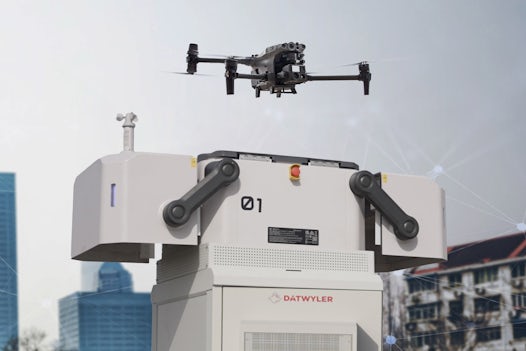
Fibre optics: The key to sustainability
23 February 2021

The most important issue worldwide is still the pandemic and how to deal with it. The impact of the coronavirus crisis was at the very top of the agenda of the World Economic Forum (WEF), which was held as a hybrid event for the first time at the end of January. Initially the politicians, top managers and scientists met for an exchange on the Web, with the second part of the global management brainstorming session scheduled to take place as a live event in Singapore at the end of May.
Yet climate protection must not be forgotten alongside the overriding efforts to overcome the economic downturn caused by coronavirus. In the Global Risks Report 2021 (PDF>) WEF founder Klaus Schwab warns against climate change, the most serious long-term threat to the economy, politics and society. Environmental protection needs to be tackled in the short term, otherwise environmental damage and social fragmentation will have drastic consequences.
European “Green Deal” only achievable with fibre optics
Even if global CO2 pollution has demonstrably decreased worldwide during the pandemic, it is important to ensure that restarting the economy and accelerating digitisation are environmentally compatible.
That is why the trade associations Breko, Europacable and the FTTH Council Europe recently made a joint appeal to the political decision-makers on a European, national and local level: as the most sustainable telecommunications infrastructure, comprehensive fibre optic networks are a prerequisite for achieving the European Green Deal and making the European Union more sustainable. The aim of the Green Deal scheme is to make Europe the first climate-neutral continent by 2050, to stimulate the economy, improve human health and quality of life and protect nature, while at the same time leaving nobody behind.
In the opinion of the associations digitisation is at the heart of this ambitious scheme, and fibre optics is the key to reconciling the digital and sustainability agendas. In a Breko study a comparison of traditional copper networks with fibre optic networks at different speeds and capacities shows that copper-based networks (VDSL2 vectoring, super-vectoring) use up to seventeen times more power than fibre optic networks.
So the choice of broadband network technology has a significant influence on CO2 emissions, ergo the use of comprehensive fibre optic networks can dramatically reduce greenhouse gas emissions.


